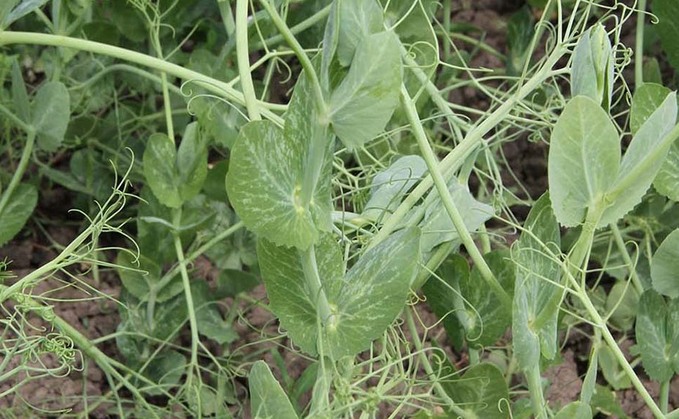
The number of agri-tech companies continues to grow. We profile new developments from Agri-TechE's REAP 2020 conference. A plant-based alternative to microplastics is being developed by Xampla. The...

The number of agri-tech companies continues to grow. We profile new developments from Agri-TechE's REAP 2020 conference. A plant-based alternative to microplastics is being developed by Xampla. The...

NEW CLAYDON 7.5M HARROW

NEW CLAYDON MARKER ARM KIT K-M3E-N01

NEW CLAYDON MISC DRILL ACCS